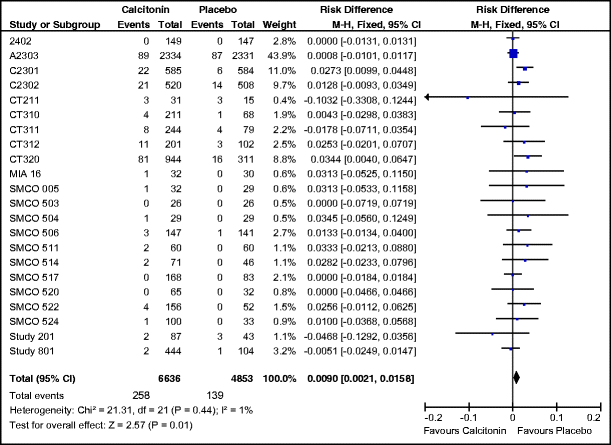
16–18 However, no systematic review was found as the International Prospective Registry of Systematic Reviews (PROSPERO) and Cochrane Database of Systematic Reviews did not have systematic review/meta-analysis records on the subject. 15 In this way, the technologies described here go beyond the universe of digital equipment.ĭifferent technologies can be used in the teaching process of STI, including prisons. The educational technologies used for this purpose can be of different types, such as printed materials (cards, pictures, folders e-booklets), games, videos and simulators. 14 Furthermore, they can represent one more tool to be considered in preventing STIs in prisons. Thus, technologies as tools for health education can improve teaching quality through a pedagogical approach considering creativity and interactivity between educator and learner. They were developed based on other resolutions adopted by the United Nations, in line with current international law.

These rules were defined to have a global scope concerning these women’s particularities.
#Revman 5 software uses what type of analysis how to#
2 Equally, the Bangkok Rules, which discuss the treatment provided to incarcerated women and non-custodial measures for women offenders, report the need to provide information and education on how to prevent STI in prison spaces. 12 In the face of this problem, the WHO proposes comprehensive intervention measures on STI as a strategy for these spaces. Moreover, it is crucial to consider that the high number of incarcerated people, coupled with the high turnover present in prison systems and the considerable number of prisoners who will return to the community, makes STI a severe public health problem. 3 Among the researches on STI in incarcerated women, there stands out the association with HIV, syphilis, genital herpes, viral hepatitis, gonorrhoea, chlamydia and human papilloma virus. Besides, there are stigma, discrimination and prejudice resulting from STI’s cultural, psychological and biological aspects. Some of these infections have high prevalence rates and are more severe in women because when not detected in time, they can cause, for example, congenital syphilis, pelvic inflammatory disease, infertility and cervical cancer. 2 Such infections can be caused by more than 30 different aetiological agents, and their main route of transmission is sexual contact. 1ĭue to their structure, prisons are places with high vulnerability and high risk for the development of sexually transmitted infections (STIs). Furthermore, in the year 2000, this population increased by about 53%, the world population by 21%, and the male prison population by 20%. This number corresponds to 6.9% of the prison population worldwide, and the countries with the highest number of incarcerated women are the USA (200 000), followed by China (107 131), Russia (48 478), Brazil (approximately 44 700) and Thailand (41 119). There are about 714 000 incarcerated women globally, and these numbers may be higher due to the lack of record or under-reporting of data present in some countries. A significance level of p≤0.05 will be adopted. The sensitivity analysis will be carried out to examine the magnitude of each study’s influence on the general results. The studies’ heterogeneity will be assessed by the I 2 method. Under the heterogeneity of the included studies, a random-effects or fixed-effects model will be used. Continuous results will be presented as the weighted mean difference or the standardised mean difference with 95% CIs.



A narrative synthesis will be constructed for all included studies, and if there are sufficient data, a meta-analysis will be performed using the Review Manager software (V.5.3). Randomised clinical trials of interventions that used educational technologies to prevent sexually transmitted infections in incarcerated women will be searched in the databases from the beginning of 2020 until December by two researchers independently. The following electronic databases will be searched: Scopus Cumulative Index of Nursing and Allied Health, Education Resources Information Center, Embase, PsycINFO, PubMed/Medline, Web of Science and Google Scholar. Methods and analysis Preferred Reporting Items for Systematic Reviews and Meta-Analyses guidelines will be strictly followed.


 0 kommentar(er)
0 kommentar(er)
